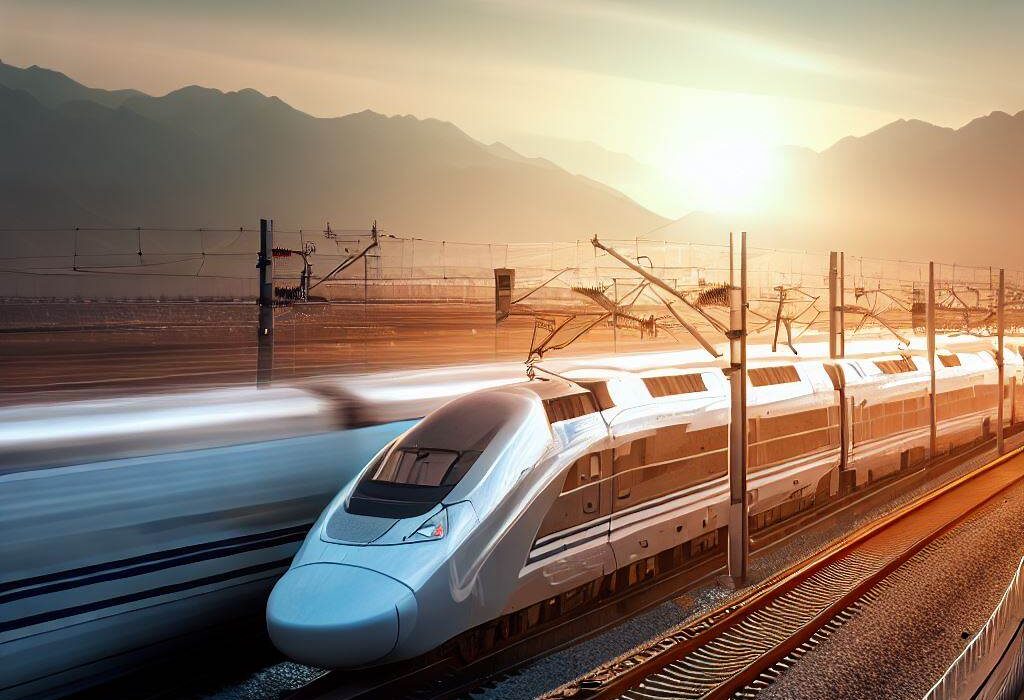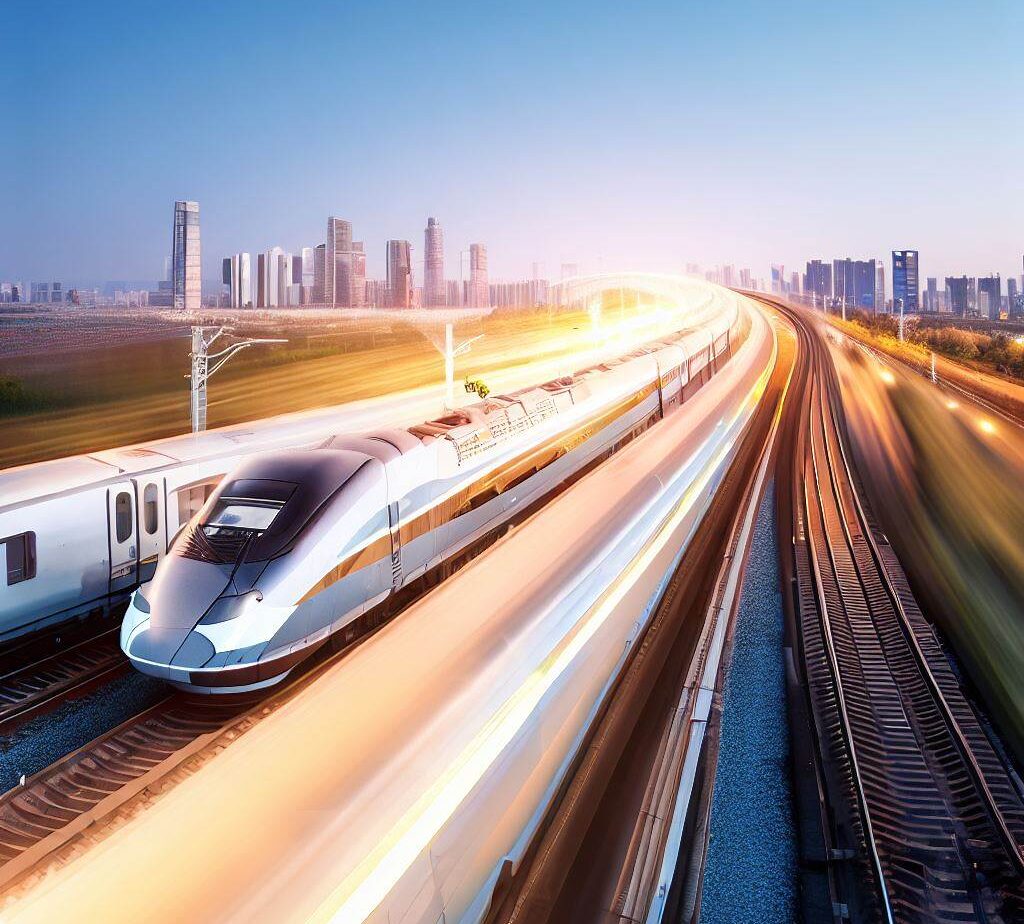Chinese High-Speed Trains

Chinese High-Speed Trains – Revolutionizing Transportation
China and Chinese High-Speed Trains has taken the world by storm with its remarkable high-speed train network, propelling the country to the forefront of modern transportation. With a commitment to innovation, efficiency, and sustainable development, China has created a vast network of fast-speed trains that has transformed the way people travel. This article delves into the fascinating world of Chinese high-speed trains, exploring their remarkable features, benefits, and the profound impact they have had on the nation and beyond.
A Marvel of Engineering
China’s high-speed train system, known as CRH (China Railway High-speed), is an engineering marvel, boasting cutting-edge technology and exceptional infrastructure. With speeds that often exceed 300 kilometers per hour (186 miles per hour), these trains provide passengers with an unparalleled travel experience characterized by comfort, safety, and efficiency.
State-of-the-Art Technology
The Chinese high-speed trains are equipped with advanced technologies, including advanced signaling systems, efficient traction systems, and sophisticated train control mechanisms. These systems ensure precise operation, enhanced safety, and optimal energy consumption, making the trains highly reliable and sustainable.
Unmatched Speed and Efficiency
One of the defining features of Chinese high-speed trains is their incredible speed. These trains have drastically reduced travel times between major cities, transforming previously arduous journeys into swift and comfortable experiences. For example, the Beijing-Shanghai high-speed rail line, covering a distance of approximately 1,318 kilometers (819 miles), can be traversed in just over four hours. This is a remarkable improvement over the 10-12 hours it used to take on conventional trains.

Enhanced Passenger Experience
Chinese high-speed trains prioritize passenger comfort and convenience. The trains are designed to offer spacious seating, ample legroom, and modern amenities such as Wi-Fi connectivity and power outlets. Additionally, onboard services include catering options, clean restrooms, and luggage storage facilities, ensuring a pleasant journey for travelers.
Boosting Economic Development
The extensive high-speed rail network in China has significantly contributed to the nation’s economic growth. By connecting major cities, the trains have facilitated the movement of goods and people, fostering regional integration and stimulating trade and tourism. The improved accessibility has opened up new opportunities for businesses, promoting economic development and creating employment opportunities along the railway lines.
Reducing Carbon Footprint
Chinese high-speed trains are not only efficient in terms of travel time but also in terms of energy consumption. They are designed to be environmentally friendly, consuming less energy per passenger-kilometer compared to other modes of transportation. The widespread adoption of high-speed trains has resulted in a substantial reduction in carbon emissions, as more people choose trains over cars or airplanes for long-distance travel.
Influence on Global Infrastructure
China’s success in developing high-speed rail has not gone unnoticed by the international community. Numerous countries have sought to emulate China’s achievements and have embarked on their own high-speed rail projects. Chinese companies, utilizing their expertise, have also participated in building high-speed rail lines worldwide, exporting their technology and knowledge to countries such as Indonesia, Thailand, and Nigeria.

The Train Network
The Chinese high-speed train network is the largest in the world, spanning thousands of kilometers and connecting numerous major cities and regions. China’s high-speed train network is around 40.000 kilometres in length, making it the most extensive high-speed rail network globally.
China has made remarkable progress in expanding its high-speed train network since the inception of its first high-speed rail line, the Beijing-Tianjin Intercity Railway, which opened in 2008. The network has grown exponentially over the years, connecting cities and regions across the country.
The network covers various regions, including the populous eastern coastal areas, central regions, western provinces, and even reaches remote and less-developed areas. Major cities such as Beijing, Shanghai, Guangzhou, Shenzhen, Chengdu, Xi’an, Wuhan, and many others are interconnected through high-speed rail lines.
China’s high-speed train network continues to expand as new lines are planned and constructed. The government has set ambitious goals to further extend the network, aiming to reach approximately 50,000 kilometers (31,070 miles) by the end of 2025.








